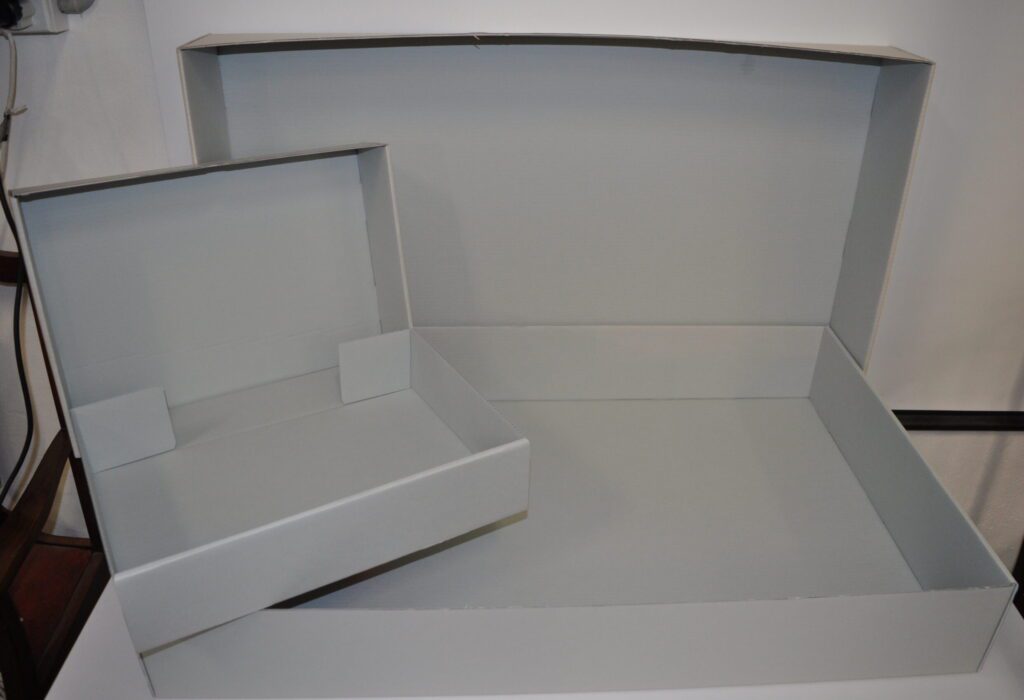Conservation Materials
At Endangered Heritage, we want to make conservation accessible to the public because we understand that the ability to maintain objects of sentimental value and preserve pieces of history should not be restricted to museums and galleries. The things that you care for and the things that are valuable to you have a right to be preserved, simply because they matter.
Although some things should be left to the professionals, there are still some things that you can do on your own, BUT only with the right materials. If you’re not sure if it’s alright for you to fix or do something yourself, just play it safe and ask. Faulty and failed repairs will only make things harder for you in the long run. Who knows, maybe we can give to you some tips and tricks on best practices, giving you a better idea of the best course of action to take.



Archival Materials
Archival materials are the type of materials used by museums and galleries in their conservation process. For something to be considered archival quality, they need to be resistant to deterioration or loss of quality when kept in control conditions. They should also not cause any harm or reduce the life expectancy of the object associated with it. Hence, if you are looking to preserve something for as long as possible, only use archival-grade materials.
Materials like these are normally only used in museums, galleries, and other specialised institutions because they are often hard to source in small quantities. In our efforts to make conservation more accessible to the public, Endangered Heritage has decided to play the role of a middleman, ordering these archival-grade materials in bulk and breaking them down into smaller and more accessible levels. We want to provide these high-quality products, the kind that is being used in specialised institutions, to the general public.
Our store stocks a range of archival products such as Mylar film, Tyvek sheeting and Softlon foam by the metre, and boxes made to measure. We sell acid-free archival boxes as single units and we have non-acidic and buffered tissue paper which has passed the PAT (Photographic Activity Test).
And if some of these terms don’t make much sense to you right now don’t worry, conservation is a subject that people spend their lives learning. Have a look at our YouTube channel, where we post tutorials and informative videos about most of the products at our store. Or, if you prefer something with a more personal touch, come to have a chat with us and we’ll explain to you everything you need to know.
Note:
The label “acid-free” has various meanings, but none of them requires that a product remain non-acidic over time. While it may be neutral or alkaline now, the paper or board may become acidic over time, despite the label “acid-free”.
The terms “archival” and “permanent” for paper and board products are supported by Australian and international standards and are the qualities we look for in the lines we sell.
There are no manufacturers of archival or permanent tissue paper in Australia. We source our supplies and test them on arrival for their archival qualities.




Tools and Supplies
The conservation industry has quite specialised tools and materials requirements.
Endangered Heritage stocks a wide range of conservation and art manufacture tools, including bone folders, septum elevators, spatulas, pigments, animal skin and parchment glues, stainless steel entomology pins, curved microsurgery needles, gold leaf, squissors, tweezers, inks, dispersions, gums and resins, cotton tape and more.
We understand that all this can seem quite overwhelming, so if you’re not too sure what you need, come talk to us about your project and we can provide some recommendations.
Interested in the range of items we have in stock?
Visit our Shop Front or Online Shop Coming Soon…
